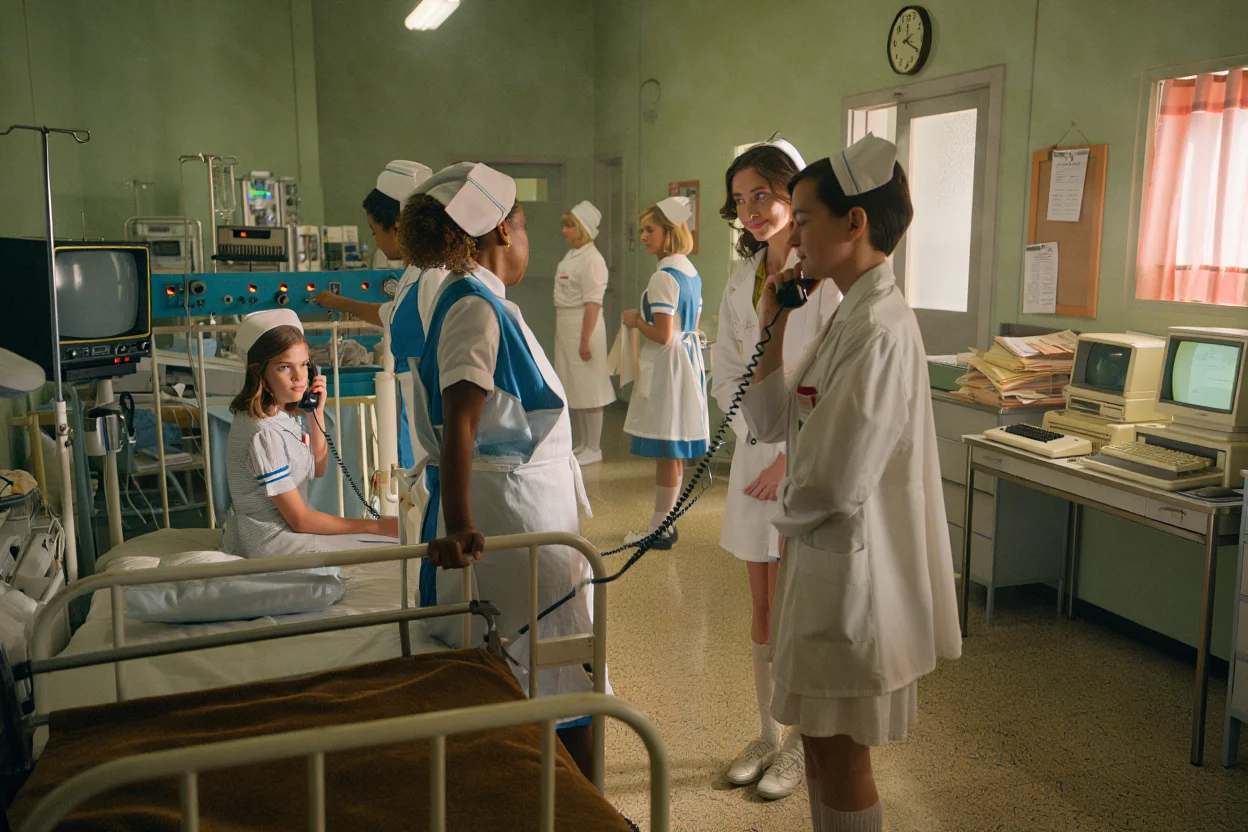Nurses Top EHR Pain Points Addressed
 OurFlowsheet
OurFlowsheet
The largest pain points nurses face with electronic documentation systems are multifaceted, deeply rooted in workflow inefficiencies, system design, and usability challenges. Below is an in-depth analysis based on current research and frontline insights:
1. Workflow Disruption and Misalignment
Issue: EHRs often enforce rigid, linear workflows that clash with the dynamic, interrupt-driven nature of nursing.
Real-World Example: A nurse documenting a wound assessment may be called to an emergency, but the EHR doesn’t auto-save or allow quick task-switching, forcing re-entry of data.
Integration Gaps: Lack of real-time sync between EHRs and ancillary systems (e.g., pharmacy, labs) leads to manual reconciliation. For instance, medication administration records (MARs) may not update automatically, requiring nurses to cross-check multiple tabs.
Impact: Increases cognitive load and time spent on indirect care, contributing to burnout (ANA, 2023).
2. Excessive Clicks and Navigation Complexity
Issue: Tasks require unnecessary steps, often termed "click fatigue."
Data Entry Burden: Administering a medication may involve 10+ clicks: opening the MAR, verifying orders, documenting administration, navigating allergy alerts, and reconciling timestamps.
Menu Hierarchies: Critical functions (e.g., pain assessment) are buried under nested menus. A 2023 JMIR Nursing study found nurses spend 19% of their shift navigating EHR menus.
Impact: A single patient encounter can take 3–5 minutes longer than necessary, compounding over a 12-hour shift.
3. Poor Usability and Interface Design
Issue: Cluttered, non-intuitive interfaces hinder efficiency.
Visual Noise: Key information (e.g., allergies, code status) is not prominently displayed. Nurses often miss critical data due to poor layout (HIMSS, 2022).
Inconsistent Design: Buttons for similar actions (e.g., "Submit" vs. "Sign") vary across modules, increasing error risk.
Error Messages: Unhelpful prompts (e.g., "Field required") without specifying which field delay resolution.
4. Redundant Documentation and Regulatory Bloat
Issue: Overlapping data entry due to poor system integration or compliance-driven demands.
Example: Vital signs entered in flowsheets must be re-entered in shift notes for regulatory "completeness."
Note Bloat: Auto-populated templates create lengthy, irrelevant notes, forcing nurses to sift through extraneous data to find actionable info.
5. Input Method Inefficiencies
Issue: Overreliance on mouse-driven design slows keyboard-centric users.
Shortcut Gaps: Lack of customizable hotkeys for common actions (e.g., ordering labs) forces reliance on slow point-and-click navigation.
Touchscreen Challenges: Unresponsive or poorly sized touch targets on mobile devices (e.g., tablets) lead to errors during bedside documentation.
6. Training and Customization Deficits
Issue: Generic training fails to address specialty needs (e.g., ICU vs. pediatrics).
One-Size-Fits-All Templates: Nurses in oncology can’t easily access chemotherapy-specific flowsheets without customization.
Workarounds: Nurses develop "shadow charts" (personal notes) to bypass cumbersome EHR steps, risking data integrity.
Evidence-Based Solutions
Streamline Workflows: Context-aware EHRs that adapt to interrupt-driven tasks (e.g., auto-save, quick-access menus).
Reduce Clicks: Implement "one-click" documentation for common tasks (e.g., right-click options for med administration).
Enhance Usability: User-centered redesign with nurse input, prioritizing high-frequency tasks on home screens.
Interoperability: Seamless integration with devices (e.g., IV pumps, vitals monitors) to auto-populate data.
Voice/AI Tools: Voice-to-text for narrative notes and AI-driven smart suggestions (e.g., predicting frequently used phrases).
Conclusion
The dominant pain point is workflow misalignment compounded by excessive clicks and poor usability, which erode time for direct patient care and exacerbate burnout. Addressing these requires a combination of user-centered design, interoperability, and policy changes to reduce redundant documentation. Nurses must be included as co-designers in EHR updates to ensure systems align with real-world needs.
Sources: ANA (2023 Nursing Burnout Survey), JMIR Nursing (2023), HIMSS (2022 EHR Usability Report).
Subscribe to my newsletter
Read articles from OurFlowsheet directly inside your inbox. Subscribe to the newsletter, and don't miss out.
Written by
